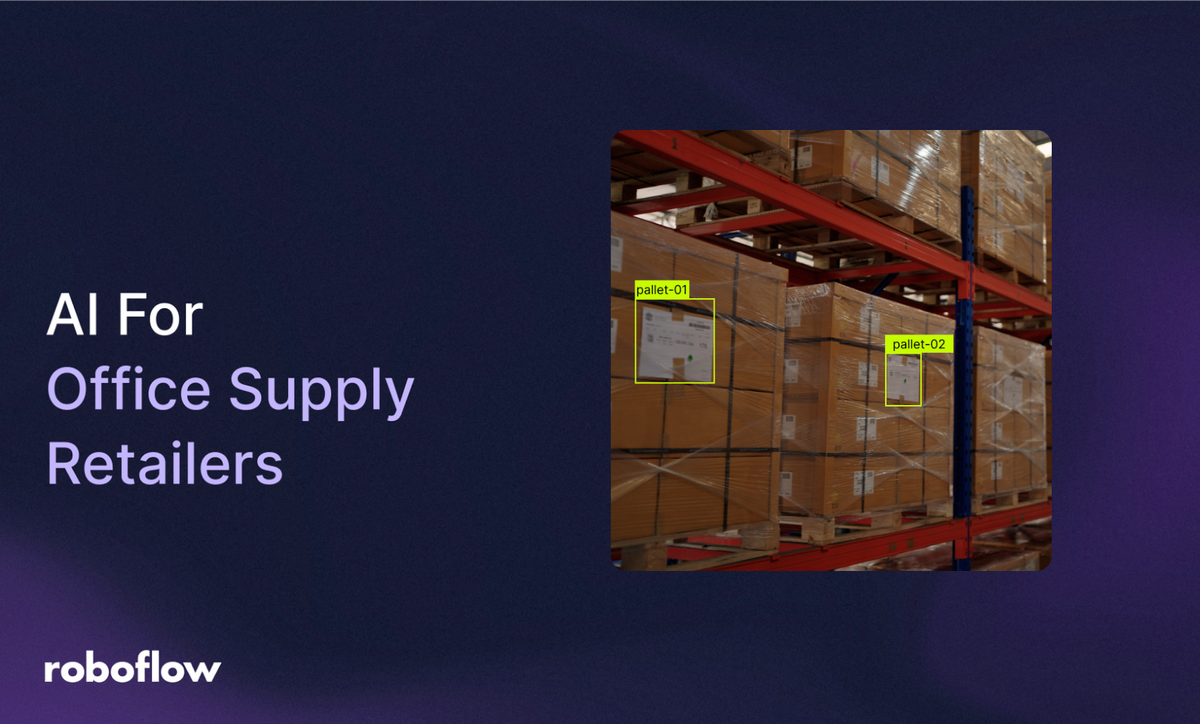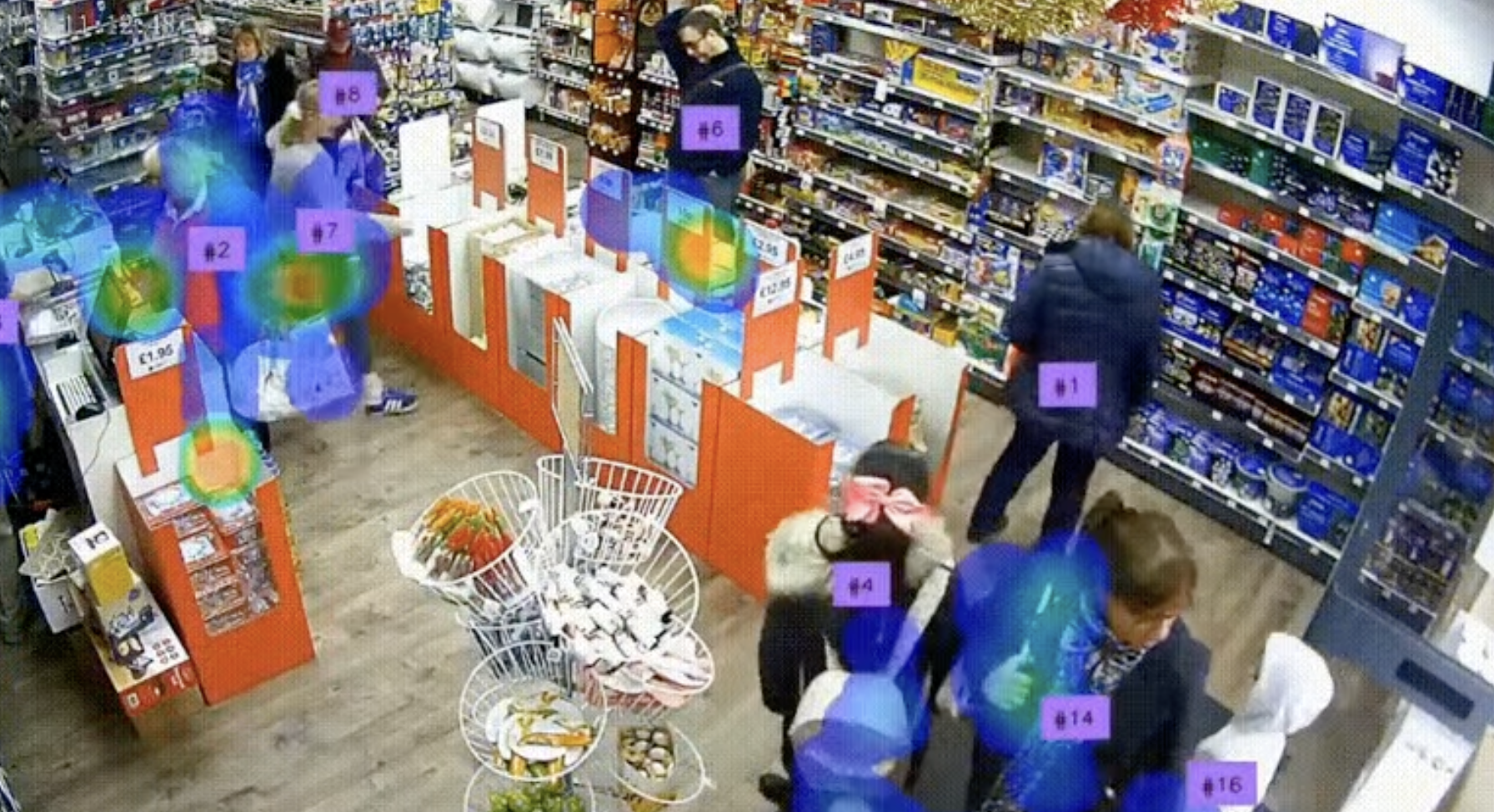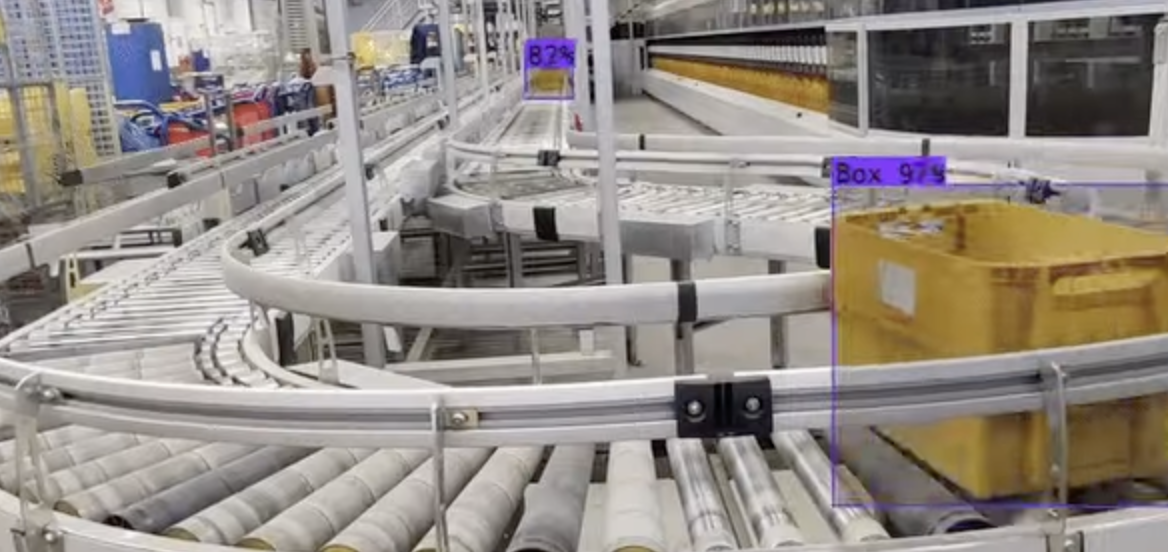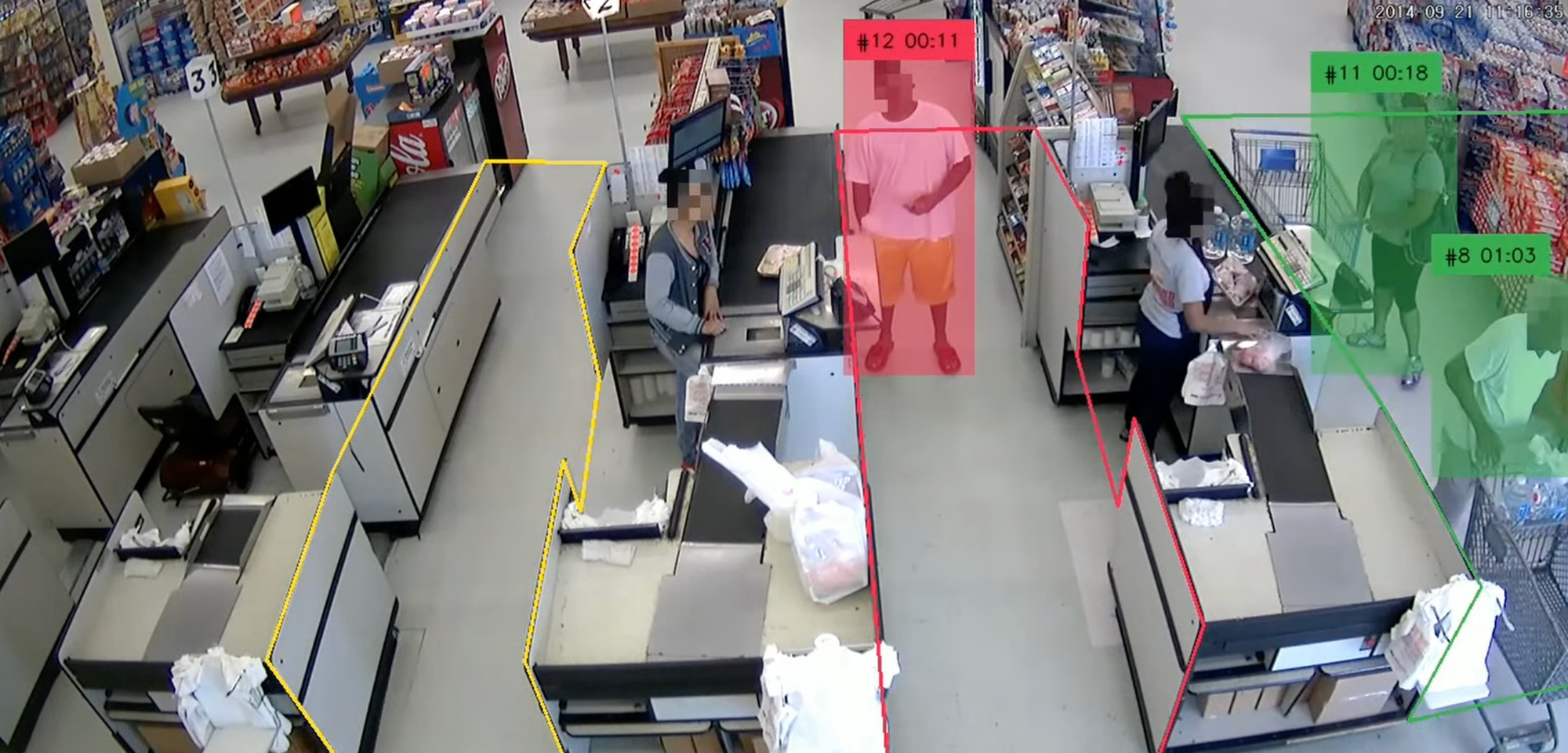
The BCG AI Radar global survey captured the mood of more than 1,800 business executives about AI: One in three companies across all markets are planning to spend $25 million+ on AI in 2025. Office supply retailers can benefit from using AI and computer vision in the coming year in a number of ways.
Retailers such as Staples, Office Depot, and Best Buy that focus on supplies, printing, technology, and shipping can improve product identification, retail traffic analysis, and logistics with vision AI and OCR.
For instance, at Home Depot, computer vision is being used to optimize inventory management: store associates can prioritize restocking tasks based on real-time data analysis of shelf inventory provided in an app.
Discover the ways AI can save time and drive revenue for office supply retailers.
Explore Vision AI For Office Supply Retailers
Computer vision has the power to transform your retail operations and set your business up for success in a competitive market. From automating shelf scanning to improving checkout processes, here are some of the key uses for vision AI in office supply retail.
1. Automate shelf-scanning and stock monitoring
By extracting frames and analyzing them with computer vision, you can enjoy a summarized view of what’s on your shelves over time. The ability to categorize detections means you can discern patterns.
Retailers can scan shelves in real-time, automatically identifying low-stock items or out-of-place products to prevent lost sales. This stock monitoring tutorial will walk you through how to use computer vision to analyze video streams, extract insights from video frames at defined intervals, and present these as actionable visualizations and CSV outputs.

2. Streamline with smart checkout
This one can be a quick win that makes for happy customers who spend less time in line, and it prevents human scanning errors. Computer vision software can automatically recognize products being purchased.
Sam’s Club recently introduced AI-powered exit technology using computer vision to seamlessly confirm members have paid for all items in their shopping carts – without requiring an associate to check members’ purchases before leaving the club. This translates to all members leaving the club 23% faster. Here’s an example of a self-checkout system built in just 10 minutes.
3. Real-time store traffic and foot path analysis
By recognizing footpaths, a computer vision model can help you gain insights into high-traffic areas, peak shopping hours, and customer behavior to better inform your product placement and staffing decisions.
By putting high-margin or promotional items in high-traffic areas, retailers can increase sales and improve customer experience.

4. Loss prevention
When it comes to monitoring risk and identifying threats, every second counts. A well-trained computer vision model can automatically detect objects instantly with great accuracy. So you can detect suspicious activity such as shoplifting or unauthorized access to off-limit areas. And track if employees are following security protocols, for their safety.
5. Identify workforce efficiency areas of improvement
Computer vision can monitor employees, and identify areas where employees are spending too much time on tasks that could be automated.
6. Quality control and damage detection
For retailers that receive goods from third parties, computer vision software can easily read part and SKU number as incoming deliveries arrive with OCR, checking for discrepancies between orders and shipments. It can also inspect packages for signs of damage or mislabeling.
7. Automate package sorting and routing
Computer vision can automatically scan and sort packages based on size, weight, and destination, in addition to their labels. This can streamline the order fulfillment process. For example, Sam’s Club uses computer-vision pallet scanners at loading docks to streamline inventory management and make the supply chain more efficient.

8. Checkout line management
Computer vision can analyze checkout lines and alert managers when lines are getting too long, enabling them to open additional registers or reassign staff. Computer vision can also help predict future queue lengths and wait times. Overall, reduced wait times and preventing cart abandonment can lead to higher sales and customer retention.

9. Smart planogram compliance
Computer vision can verify that products are arranged according to the store’s product placement strategy. It can check for misaligned displays, products placed incorrectly, or products that customers have moved around the store, and automatically notify staff to correct issues. Retailers can ensure compliance with vendor agreements, measure the effectiveness of price changes, product offers, and more. In this guide, we will walk you through how to implement a working retail planogram using drink vending machines as example images.
10. Help customers find items faster
Especially in large stores it can be hard to find what customers come in for - whether it be a printer or a new binder. Use computer vision-powered digital displays to allow people to scan images of items and find related products and their aisle quickly.
AI Software For Office Supply Retailers
If you are capturing real-time video from your security cameras and other surveillance equipment, you already have enough data to train your own computer vision model. Start extracting valuable information from the footage you are already collecting. Explore enterprise computer vision solutions and talk to an AI expert.
Cite this Post
Use the following entry to cite this post in your research:
Trevor Lynn. (Feb 12, 2025). AI For Office Supply Retailers. Roboflow Blog: https://blog.roboflow.com/ai-for-office-supply-retailers/
